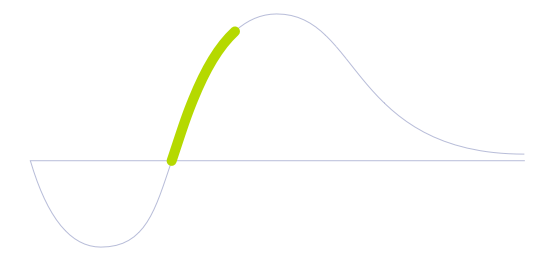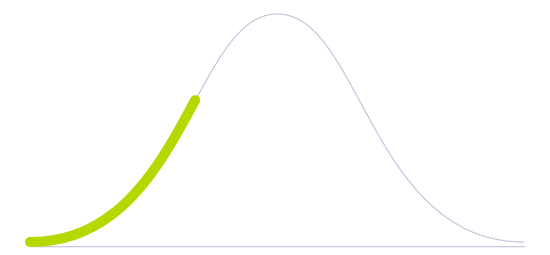Nano-Biopesticide

Technology Life Cycle
Marked by a rapid increase in technology adoption and market expansion. Innovations are refined, production costs decrease, and the technology gains widespread acceptance and use.

Technology Readiness Level (TRL)
Prototype is fully demonstrated in operational environment.

Technology Diffusion
Embrace new technologies soon after Innovators. They often have significant influence within their social circles and help validate the practicality of innovations.

A biopesticide with low toxicity rates, composed of active natural ingredients diluted in nanoemulsions and existing biopesticides, such as neem, juniper, garlic essential oils, and a variety of plant extracts. Nano-biopesticides are anti-fungal and anti-insecticidal agents that act as pest control in agriculture, horticulture, and forestry and are also helpful for city-based pest control, such as cockroaches.
The preparation of nano-biopesticides happens through adsorption, attachment, entrapment, and encapsulation techniques. Their particles are smaller and lighter than current synthetic pesticides and can cover a broader surface area. Also, one of its key benefits is the precision in pest targeting, which reduces the risk of unintended harm to other organisms in the environment. Additionally, because the biological agents used in nano-biopesticides are naturally occurring, they tend to be safer for humans and the environment than traditional chemical pesticides. With minimal environmental impact and lower costs, there is a high interest in broadly implementing this solution.
Nano-biopesticides have the potential to solve several problems associated with traditional chemical pesticides, such as the development of resistance in pests, the harmful effects on non-target organisms, and the persistence of the chemicals in the environment. They may also reduce the need for multiple applications, as they can release the biological agent over an extended period of time.
Future Perspectives
Nanobiopesticides could be embedded within biosensors. This would help detect signs of diseases and identify which crops demand more or less nano-biopesticides to yield. Also, this solution could be applied with the help of precision farming techniques to provide an even more targeted substance application. As a result, nano-biopesticides are expected to provide significant improvements in closed-loop systems, benefiting both food quality and safety, as well as human health and natural life preservation.
Image generated by Envisioning using Midjourney